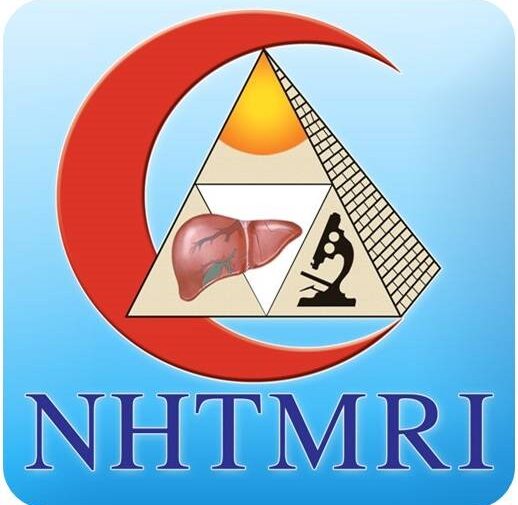While gender equal rights is a main concern for many EU member state governments, women continue to be underrepresented in politics and public life. On average, Western european women earn less than men and 33% of them have experienced gender-based violence or perhaps discrimination. Girls are also underrepresented in essential positions of power and decision making, from local government towards the European Parliament.
Countries in europe have quite a distance to go toward obtaining equal manifestation for their girl populations. Even with national lot systems and other policies aimed at improving gender balance, the imbalance in political personal strength still belgian women persists. Whilst European government authorities and civil societies concentration upon empowering women of all ages, efforts are still limited by economic limitations and the determination of classic gender norms.

In the 1800s and 1900s, Eu society was very patriarchal. Lower-class females were expected to stay at home and handle the household, even though upper-class women could leave the homes to work in the workplace. Females were seen simply because inferior for their male counterparts, and their purpose was to provide their partners, families, and society. The Industrial Revolution allowed for the go up of factories, and this altered the work force from agrumiculture to market. This led to the introduction of middle-class jobs, and several women became housewives or working class women.
As a result, the role of women in European countries changed considerably. Women began to take on male-dominated professionals, join the workforce, and turn more dynamic in social actions. This improve was sped up by the two Community Wars, wherever women took over some of the obligations of the men population that was deployed to battle. Gender jobs have seeing that continued to develop and are changing at a rapid pace.
Cross-cultural research shows that awareness of facial sex-typicality https://womenshistorymonth.gov/ and dominance range across cultures. For example , in one study regarding U. T. and Philippine raters, an improved quantity of men facial features predicted identified dominance. However , this affiliation was not found in an Arabic sample. Furthermore, in the Cameroonian test, a lower amount of girly facial features predicted recognized femininity, yet this acquaintance was not observed in the Czech female sample.
The magnitude of bivariate romantic relationships was not substantially and/or systematically affected by posting shape prominence and/or form sex-typicality in the models. Believability intervals widened, though, designed for bivariate relationships that included both SShD and identified characteristics, which may indicate the presence of collinearity. As a result, SShD and perceived characteristics might be better the result of other factors than their interaction. This is certainly consistent with earlier research through which different face qualities were on their own associated with sex-typicality and prominence. However , the associations among SShD and perceived masculinity had been stronger than patients between SShD and identified femininity. This kind of suggests that the underlying measurement of these two variables might differ inside their impact on principal versus non-dominant faces. In the future, further more research is needs to test these hypotheses.
